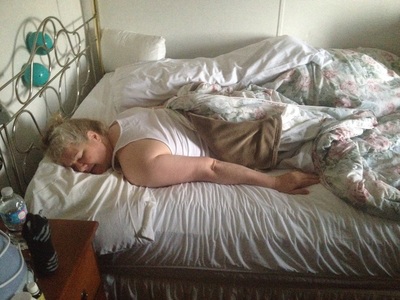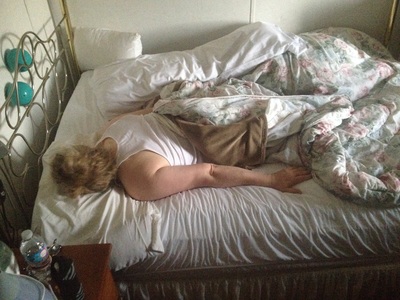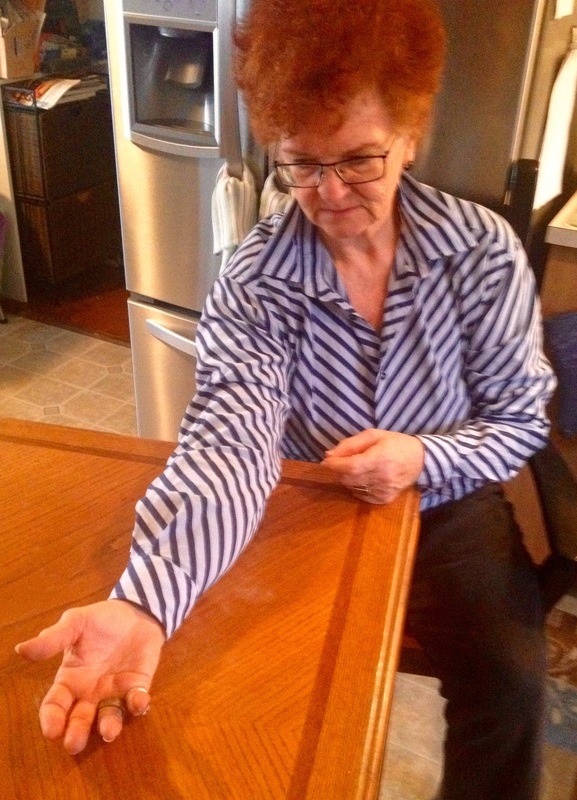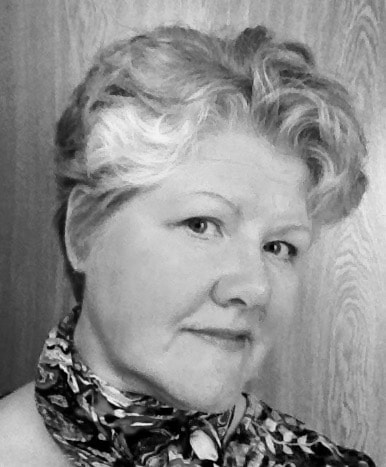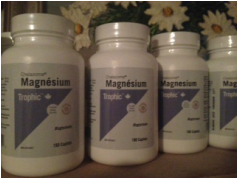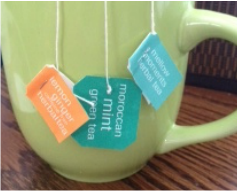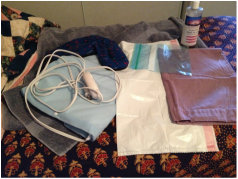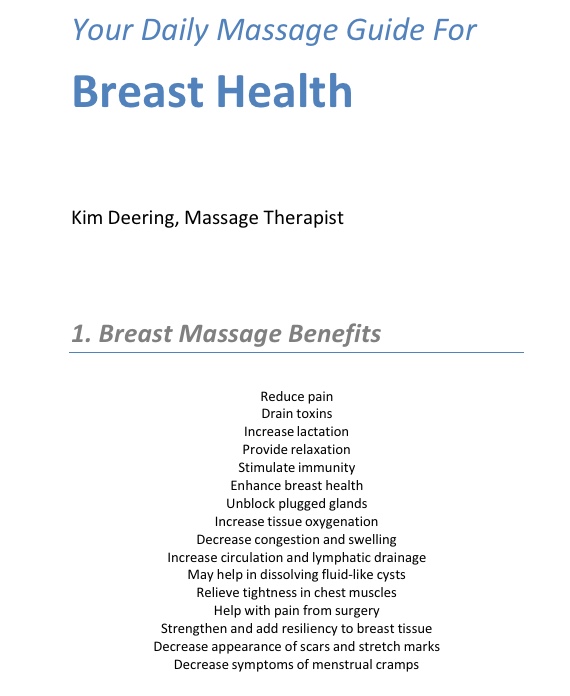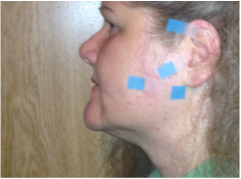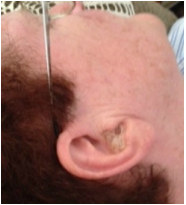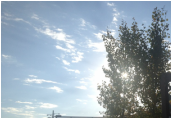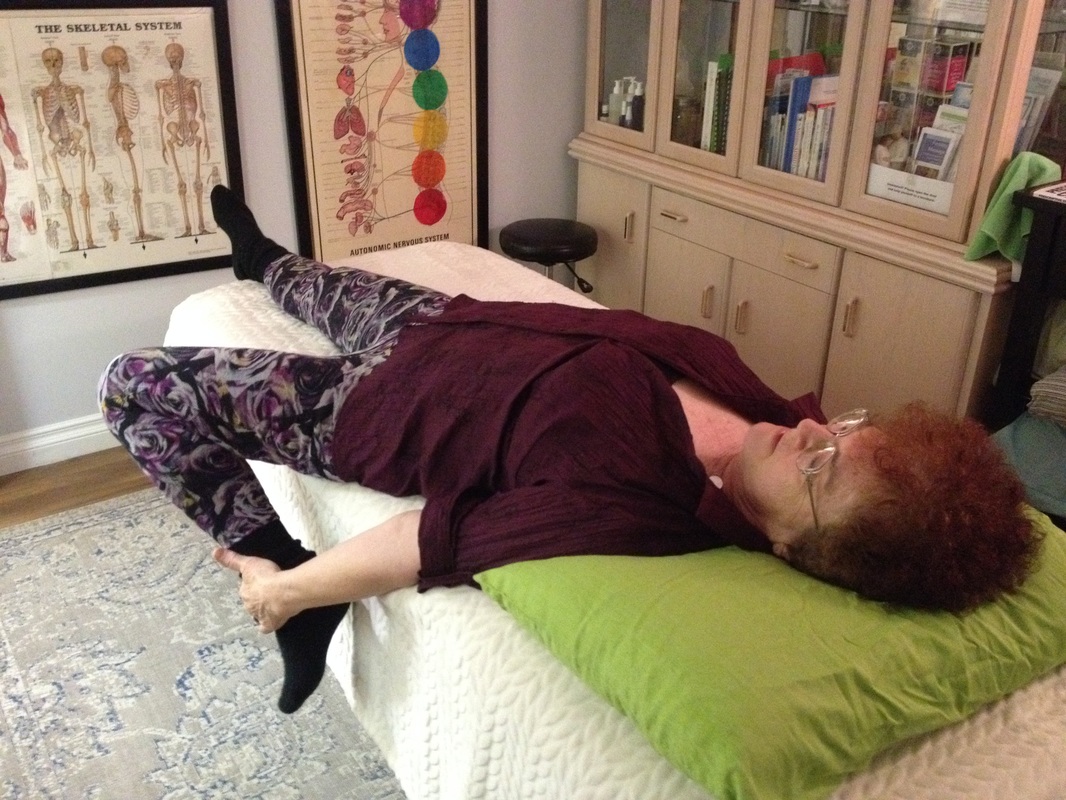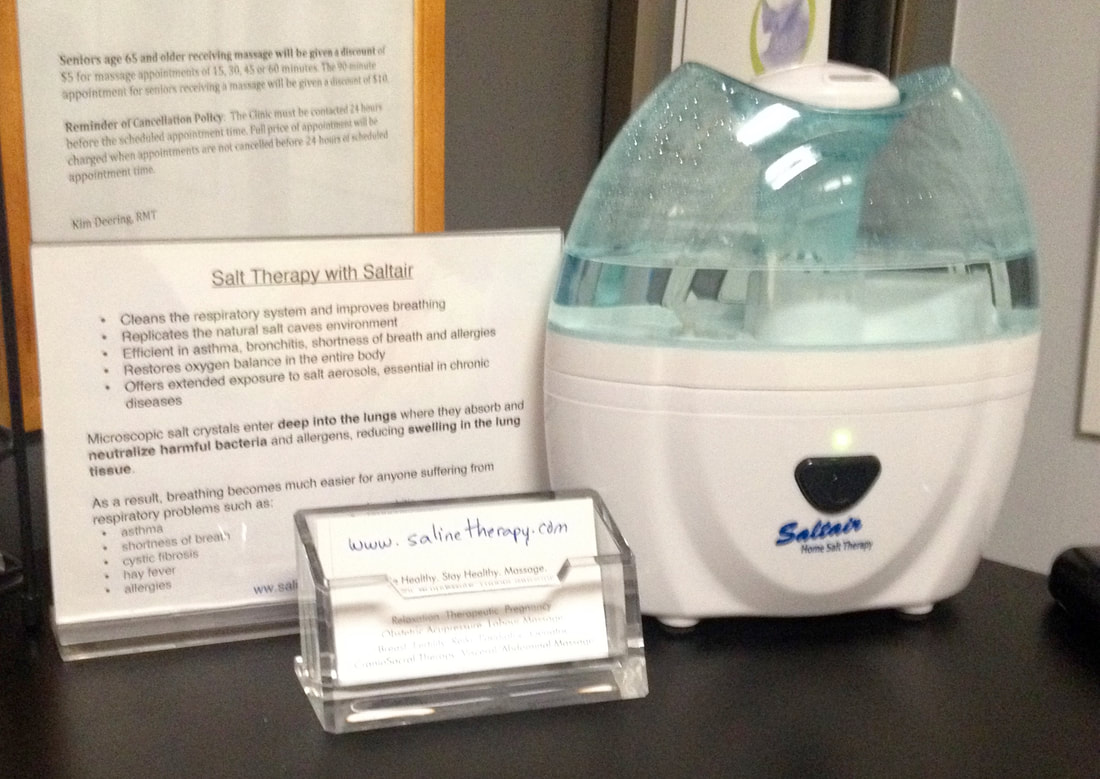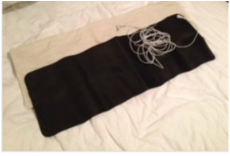Anatomical Positioning Is Healing
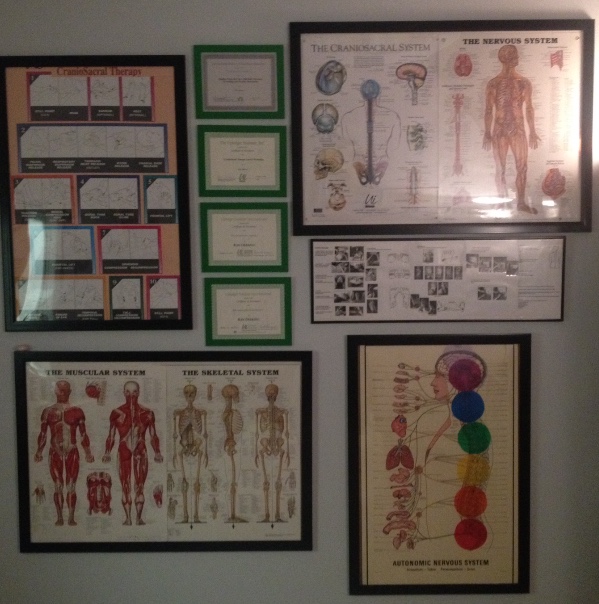
Willing participants of the massage table and I have begun a case study. Lengthening the muscle by using passive stretch positions for the arms. The anatomical position that requires placing the arm and hand in a position that will allow the muscles to unwind at a natural pace.
Position 1.
Laying prone, face down on the stomach, on the massage table, place the arms straight with the body with the palm of the hands flat to the table.
The following is the beginning of the case studies.
Case no.1 A client with one week old injury with pain of the upper arm, specific injury affecting the tricep and bicep. Positional releasing stretch attempted while receiving massage to the back and legs. At first it was reported as feeling weird and a bit uncomfortable. The sensations changed for the better as the muscles relaxed and by the twenty minute mark the arm felt better. Most unusual sensations being proximal to the elbow and at both the anterior and posterior locations of the joint.
Update to case no.1 thirty days later. Injured arm is doing good, no restrictions, ROM is good, no pain.
Case no.2 Chronic pain affecting some portions of bicep, tricep, and anterior deltoid. Positional releasing stretch for arm attempted while receiving massage to the back and legs. Feeling very uncomfortable at first. Fighting the idea and desire that the hand and arm needed to be rolled out of the stretch position. Reports given at five minute intervals revealed the stretch releasing muscle tension starting from the wrist and working up the arm. By the fifteen minute interval the forearm was relaxed and the stretch was now working to the injured area of bicep, tricep and deltoid. At twenty minutes the arm was not completely relaxed in the upper arm muscles but the client was very much ready to stop arm stretch and continue the massage session with massage directly for the arm.Update to case no.2 thirty days later. A more exact point of restriction can be located in the bicep and deltoid. Due to the injuries older condition, the restriction was set in almost a year ago, maybe that is the reason it is not letting go as quickly as the new injury of case no.1. Finding the passive stretch helpful and will continue.
Update to case no.2.sixty days from start of passive stretch with massage as home care and at clinic finds the painful restriction resolved.
Case no. 3 Kim Deering, therapeutic massage therapist. Work related muscle tension to the bicep and tricep of dominate right arm. During first session of passive arm stretch with passive neck stretch found that at the first five minute interval I experienced nerve pinch sensation of ulnar nerve; effect experienced in fifth digit of right hand. Ten minutes into session the muscle tension had released and the nerve pinch was gone. Having completed three separate sessions on consecutive days with the passive stretch for the full arm and the tension to the tricep, once considered chronic, has subsided considerably. Update to case no. 3 thirty days later. The forearms of both left and right arm are feeling great. Noticing that the greater restrictions are of the dominate right arm upper muscles and possibly the neck. This passive stretch of the arms and neck is very helpful and will continue indefinitely.
Update to case no.3 at sixty days finds that the restrictions are definitely the bicep of the right arm. Will continue this stretch every morning using the snooze button as the timer for doing the passive neck stretch with the arms for 18 minutes total.
At home at the kitchen table I worked with the idea of release to the tricep by placing the arm with palm up and forward from the body. I didn't feel much of a stretch as I waited this one out and then there was a popping release at the posterior muscles of the deltoid and and some tricep let go as well. I did notice that the arm could be rolled into a few different alignments with tension of the stretch felt in different muscles.
I have the understanding with my own body that triceps are evil. They work very hard and cause me noticeable pain. To stretch them in a regular forced stretch requires placing the elbow with arm bent next to the ear while you push the arm against a wall. I knew there had to be an alternative way to help the muscles. The antagonist to the tricep is the bicep which I know is also being over worked. This will continue to be an ongoing life long case study.
Having completed a month of passive stretch, I am now considering that the bigger problem is not the tricep but the bicep. As the bicep is releasing, the pinch to the tricep has eased. One more spot to release in the arm and shoulder. I am now starting to understand that the final discomfort may not be of the muscle but of connecting ligaments or fascial impingements of the thoracic and visceral organs.
I like how easily these passive stretches are working. It does take time to relax and breathe into the sensations, and let the body go to work on healing.
Be Healthy. Stay Healthy. Massage and Stretch.
kimdeering.com/blog
